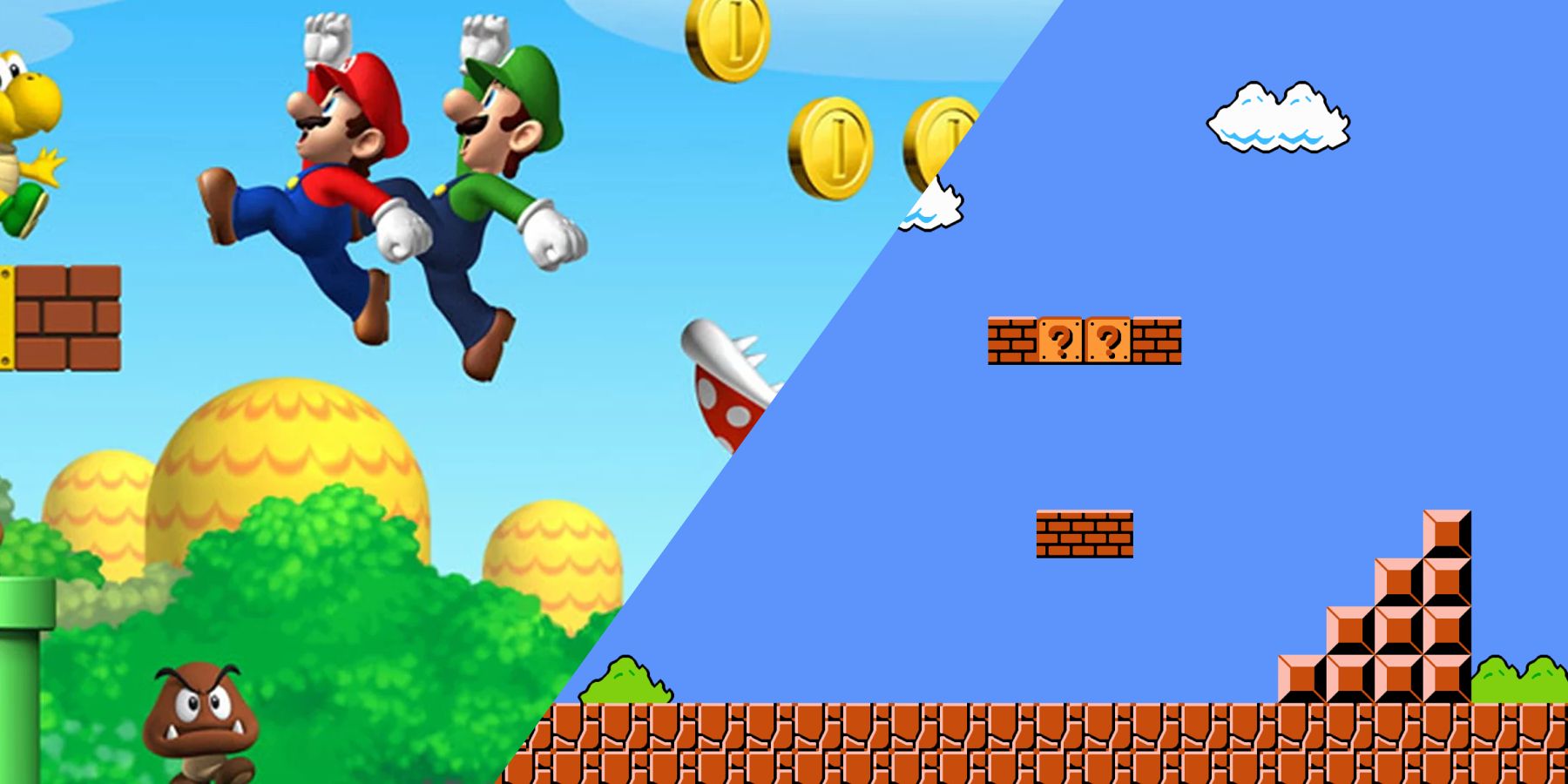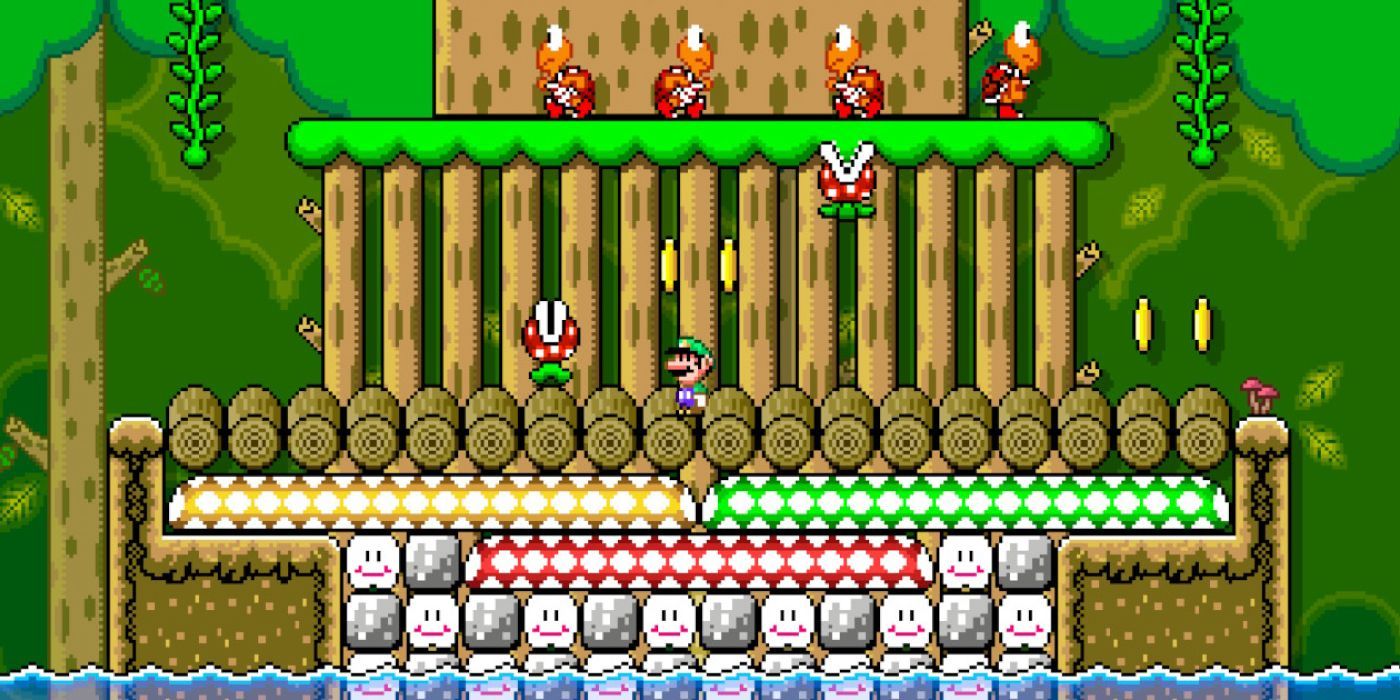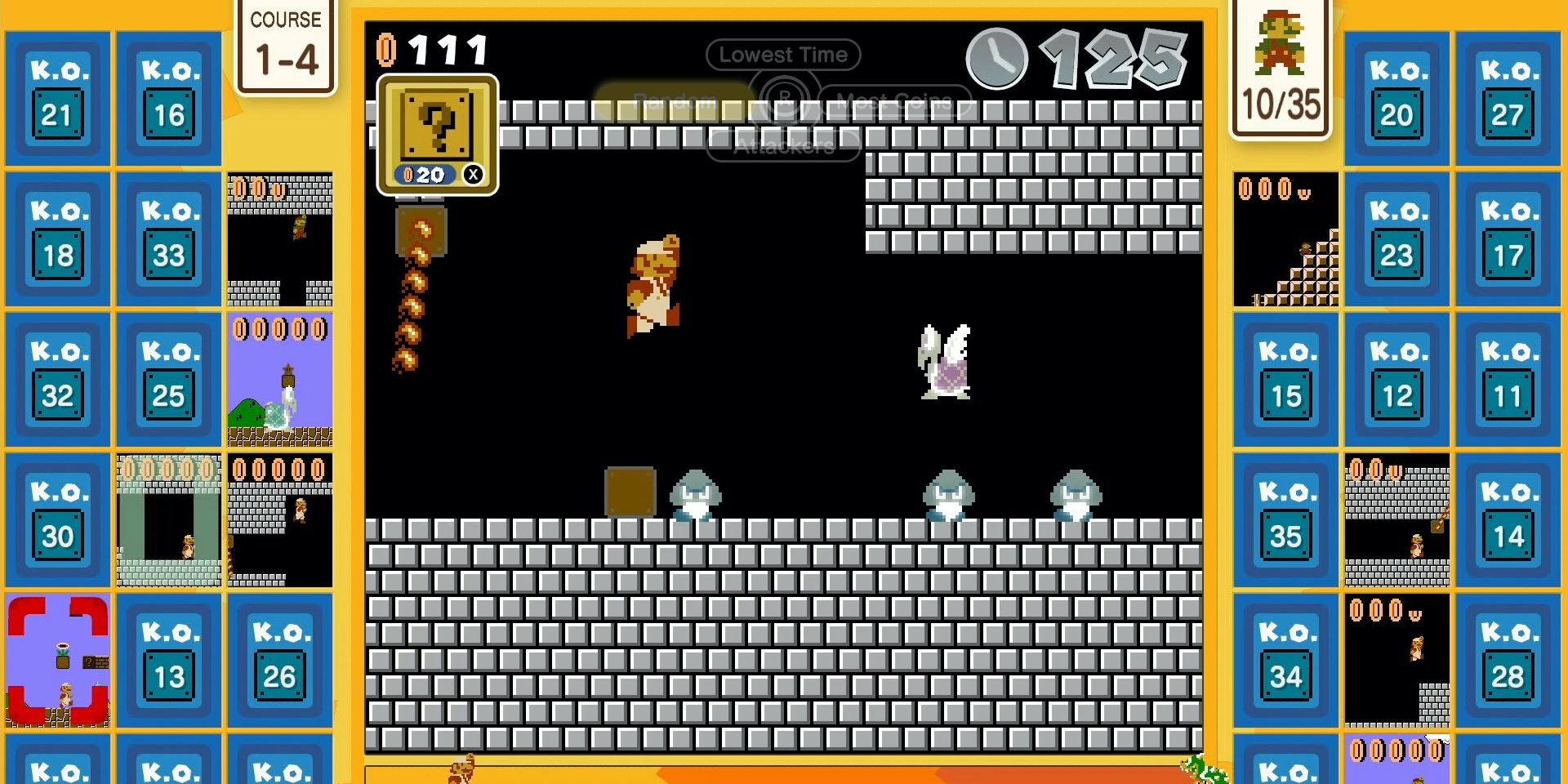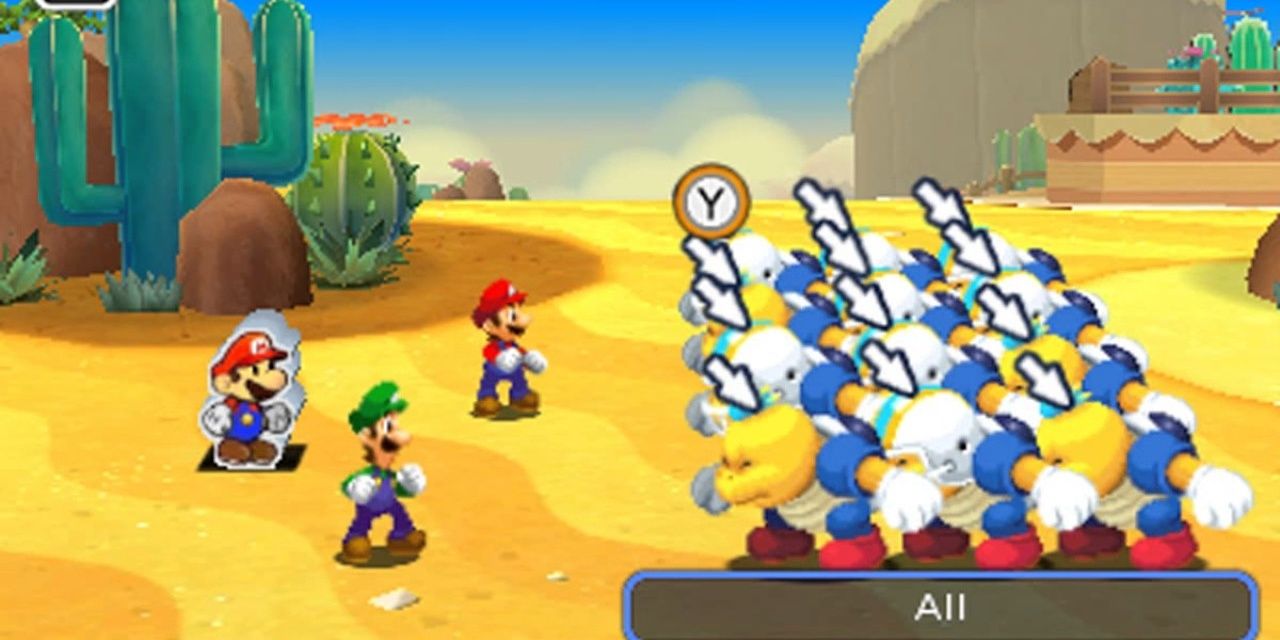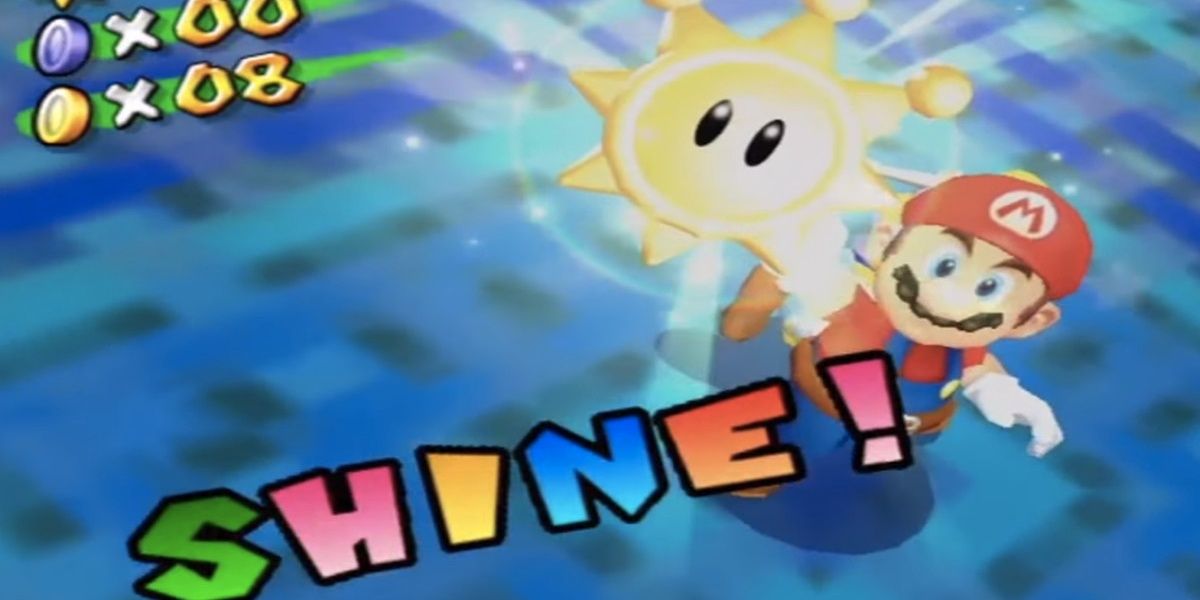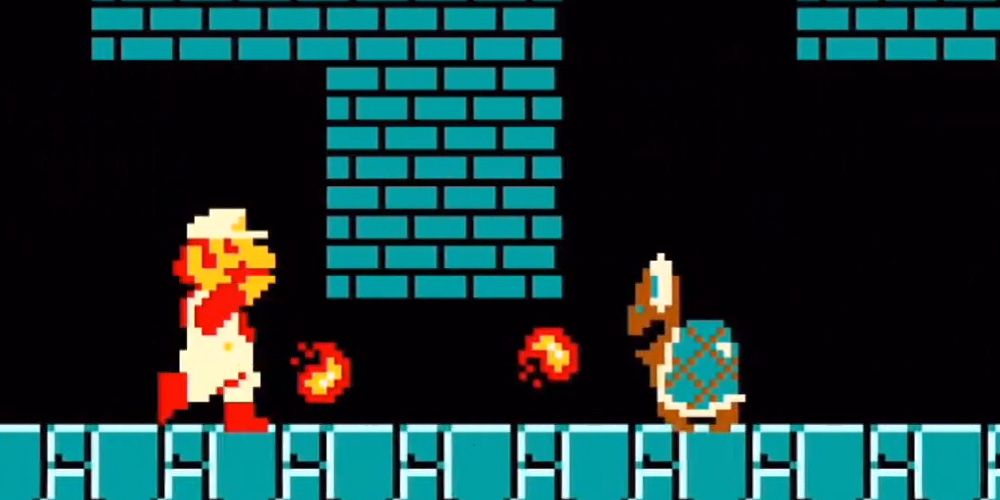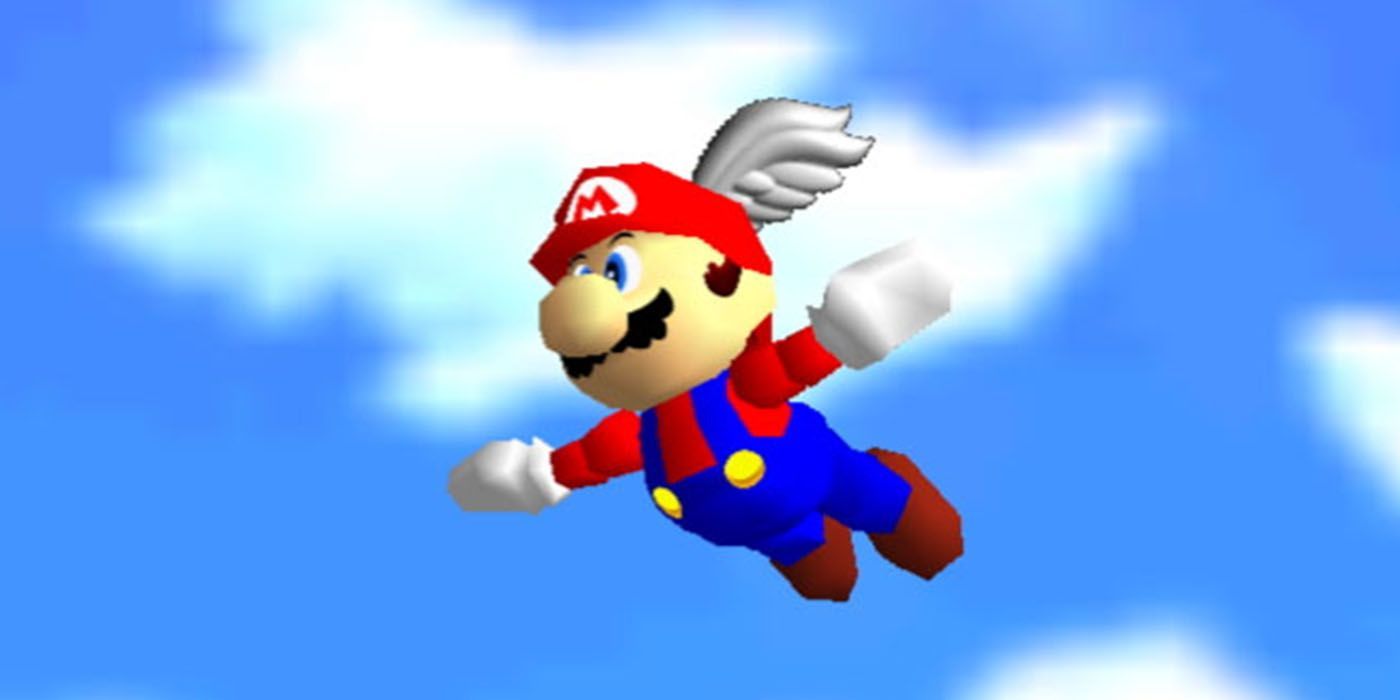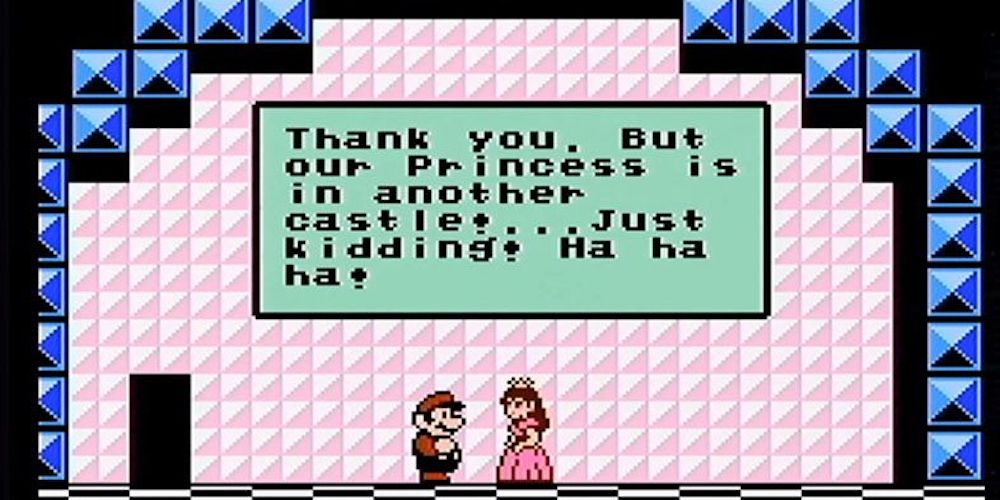No franchise is more synonymous with video gaming than the Mario series, in all of its iterations. It's not only one of the longest-running series of all time, but it's also perhaps the most consistently popular gaming franchise of all time – even modern games beat sales records and still influence the gaming industry at large.
Even the most classic and revered games change with time, though, and the Mario series as we know it today is vastly different than its humble beginnings. Not only has the series turned its focus away from platforming and towards diverse gameplay, but it's stylistically and mechanically completely different as well.
7 Mario Shrinking Upon Taking Damage
In the original Super Mario games for the NES and SNES Mario would shrink to half his normal sprite size when he took any amount of damage. Players started out the level as small Mario, then gaining a mushroom or any other powerup would grow him up to normal size again.
If one doesn't take into account the New Super Mario Bros. series, there hasn't been a mechanic like this in the series since the classics. This is mostly because it's easier for players to have a health system than to worry about dying in two hits.
6 Castle Levels In Every World
In the classic Mario titles players could expect to run into one of Bowser's many castles in just about every world. Each game had their own unique castle setups and special mechanics that tended to be much more difficult than surrounding levels.
In the 3D Mario games there is a severe lack of castle levels, mostly taking place at the end of the entire game rather than regularly throughout. The 3D Mario games rely more on worlds that work as single, gigantic levels rather than worlds with lots of individual stops and linear progression.
5 Scary Designs Throughout The Marioverse
One trope in the Super Nintendo Mario games, especially in the likes of Yoshi's Island and Super Mario World, are scary-looking enemies. In the latter, for example, there were enemies that looked like American Football players called Chargin' Chucks, who charged at Mario and required two hits to take out, barring the use of a powerup like the Fire Flower.
These enemies didn't make other regular appearances in recent Mario games until being an enemy in Super Mario 3D World DLC Bowser's Fury, for which they received a 3D redesign to be much more koopa-like. They're not nearly as intimidating as their classic counterparts, though, mostly thanks to the lack of glowing red eyes.
4 No Special Rewards For Completing A Level
In classic Mario games completing a level was a reward in and of itself. The player gets to see Mario slide down a flagpole, walk into a castle, and if the player did especially well they get a little fireworks display. The worlds were set up level by level, and these endings indicated progression.
In just about every modern Mario game the open-world level layouts make this final ending to a level hard to pull off. Instead, players get things like Shine Sprites, Stars, and Power Moons when completing objectives within a grander level. Odyssey made use of the classic checkpoint flags throughout its layouts, though.
3 The Old Mario Games Were More Difficult
One major difference between classic Mario titles and new ones is their difficulty. Mario games until the 3D era were widely considered to be difficult games. The first game was difficult thanks to its slippery controls (especially in the arcade) and other classic titles in the series were just as unforgiving in other ways.
Modern Mario games starting with Super Mario 64 have been much more beginner-friendly, offering much easier level layouts to broaden the audience of the game. It worked, as Super Mario 64 is one of the most popular games of all time, but the games have just gotten easier and easier since then with practically no challenge for seasoned gamers.
2 Platforming Is 99% Of The Game
In almost every single Mario game leading up to modern iterations, the primary gameplay focus was on platforming. The classic games revolved exclusively around this, with controls and level layouts that encouraged careful movement and momentum. More modern Mario games (especially the spin-offs) don't focus on platforming nearly as much.
Even in Odyssey, which is revered amongst Mario fans for being a true return to form for the series, there is still less traditional platforming than in the classic games. There are a lot more combat-oriented powerups and bombastic on-rails segments in the modern games, which is true even in New Super Mario Bros. which was meant to replicate the classic 2D titles.
1 Princess Peach Was Hardly Ever Seen
Princess Peach has been criticized for being practically defenseless at all times and being the main motivator for Mario throughout the entire series. This was especially true early on where players hardly ever got to see Peach, knowing her only by her signature on a piece of paper and a hazy, low-poly model.
Nowadays, though, Peach has been brought to the forefront of the Mario franchise, even receiving her own spin-off game for the Nintendo DS in the 2000s. She's widely regarded as a decent character in Super Smash Bros. Ultimate, and her public image is much more developed than it was throughout the franchise's beginnings.

